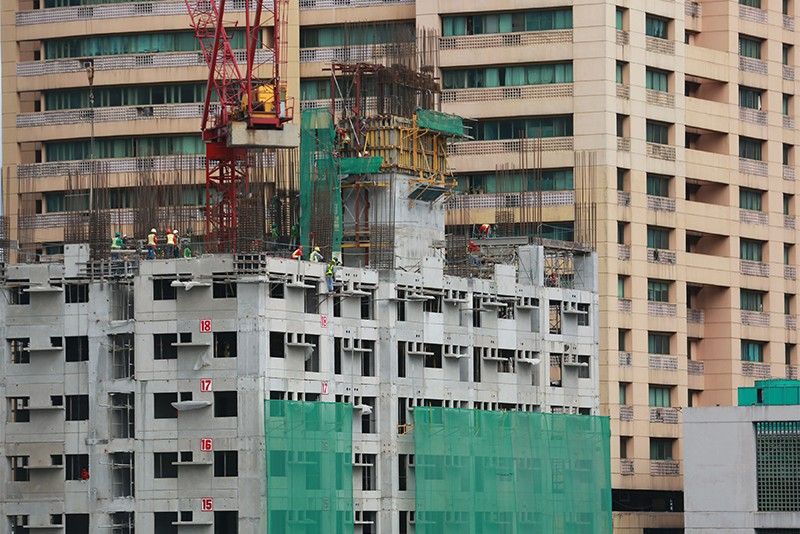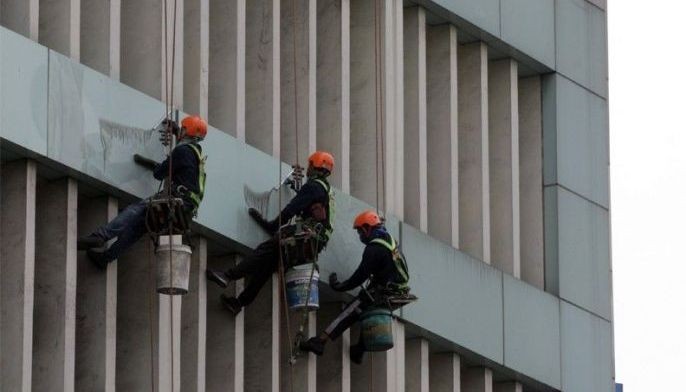Philippine economy grows 6.1 percent in Q4 2018, misses full-year target

MANILA, Philippines (Update 2, 2:45 p.m.) — The Philippine economy grew slightly faster in the final three months of 2018, but failed to meet both the government’s full-year target and market expectations, the country’s statistics agency reported Thursday.
Gross domestic product — or the value of all finished goods and services produced in the country — expanded 6.1 percent in the fourth quarter against the downwardly revised 6.0 percent in the preceding three months.
The October-December print was slower than 6.5 percent posted in the same period in 2017.
For the entire 2018, GDP growth stood at 6.2 percent, below the state’s 6.5-6.9 percent goal for the year and the weakest in three years. But the Philippines is still as one of the fastest-growing economies in Asia, just next to India, Vietnam and China.
The Philippines experienced a rapid increase in consumer-price growth last year amid food supply bottlenecks, higher excise taxes on certain goods and surge in the cost of oil imports.
In a bid to fight capital outflow and keep inflation in check, the Bangko Sentral ng Pilipinas has lifted its policy rate by a cumulative 175 basis points since May 2018.
But red-hot inflation and surging borrowing costs have sapped consumer spending, which has traditionally been the driving force behind growth in the Philippines.
With inflation seen abating moving forward, the government said it is confident the economy will recover in 2019 and hit the 7-8 percent target set for the year.
Broken down, consumer spending inched up last quarter, suggesting that pressure from soaring prices eased during the period. State spending was sluggish but remained strong at 11.9 percent while investments grew at its weakest pace since fourth quarter of 2014.
At a press conference, Socioeconomic Planning Secretary Ernesto Pernia said the government expects household consumption to recover as inflationary pressures subside, adding that policymakers remain vigilant of inflation risks.
But Pernia flagged global headwinds that may dampen the domestic economy, including the US-China trade war and rising interest rates.
“We will continue to be on the lookout for downside risks such as the US-China trade dispute dampening global demand, with higher tariffs and protectionist policies stifling investment and disrupting global value chains,” the government’s chief economist said.
“Other external downside risks are tighter financing conditions in emerging markets due to the strengthening of the US dollar and rising risk premiums, as well as heightened geopolitical tensions,” he added.
Commenting on the latest GDP data, London-based Capital Economics said prospects of a sustained rebound in growth in 2019 are “slim,” citing expected slowdown in infrastructure spending due to delayed passage of the new national budget as well as tighter monetary policy and lackluster export growth.
But Capital Economics stressed that “the impact of these factors will be offset in part by falling inflation, which should boost consumers’ purchasing power.”
“If inflation drops back as we expect, the BSP is likely to start loosening monetary policy gradually sometime around the middle of the year. However, given the usual lags, any boost to growth is likely to next year rather than this year,” it added. — Ian Nicolas Cigaral
- Latest
- Trending




























